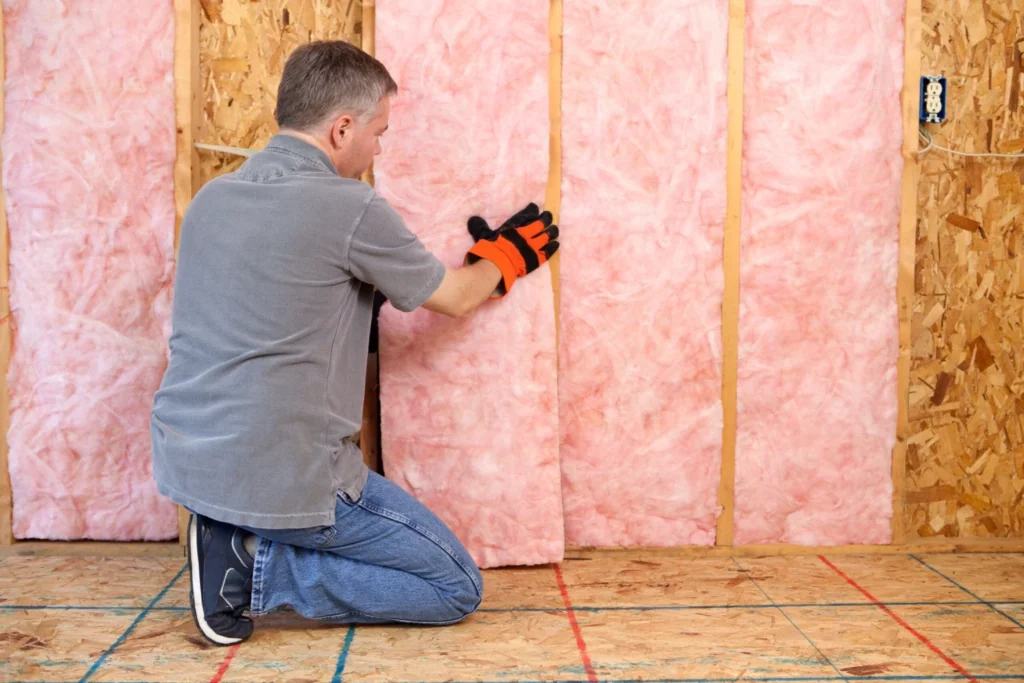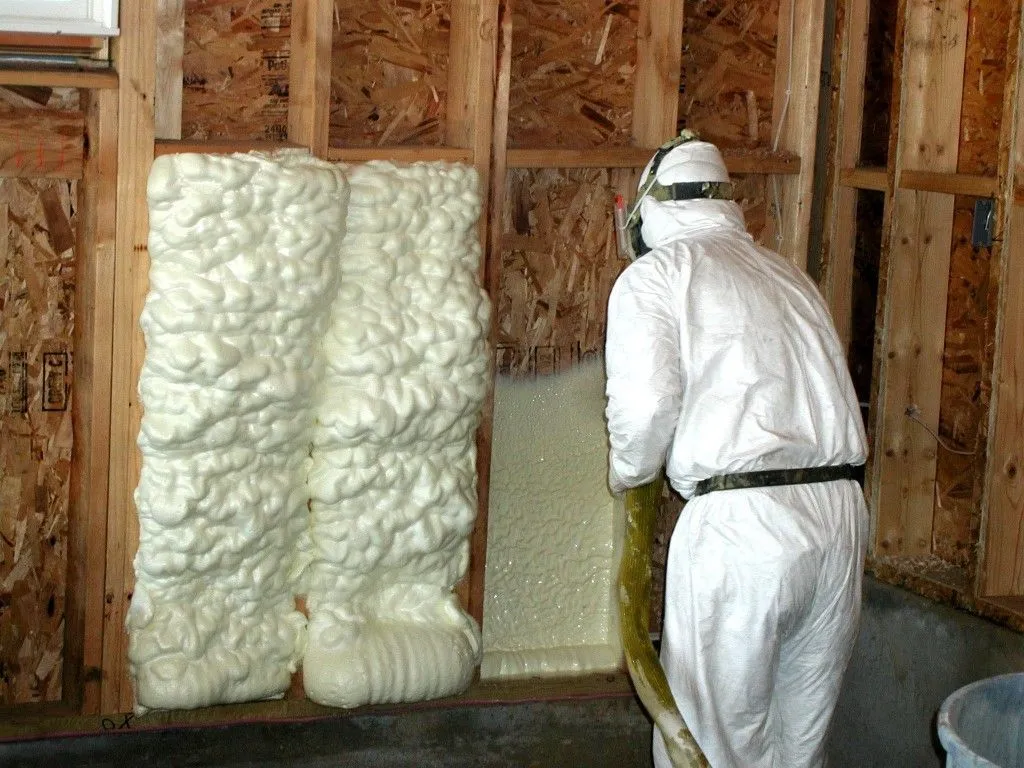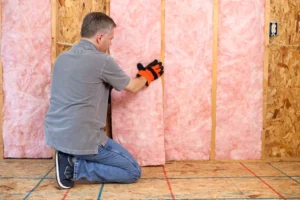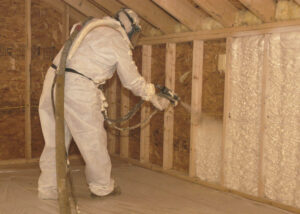
Spray foam insulation is a top-tier solution for improving energy efficiency and enhancing indoor comfort in homes and businesses across Anchorage, AK. However, despite its advantages, improper installation or misinformed choices can lead to costly errors. Understanding these common mistakes can help property owners make informed decisions and ensure they reap the full benefits of spray foam insulation.
Mistake #1: Choosing the Wrong Type of Spray Foam
Spray foam insulation comes in two main types: open-cell and closed-cell. Each serves different purposes, and using the wrong type can compromise performance.
Open-Cell vs. Closed-Cell Foam
- Open-cell foam is lighter, more flexible, and allows some moisture permeability. It is ideal for interior applications where soundproofing is also a priority.
- Closed-cell foam is denser, offers a higher R-value, and is highly resistant to moisture, making it better suited for exterior walls and harsh climates like Anchorage’s.
The Impact of Choosing the Wrong Type
Selecting open-cell foam where closed-cell is needed can lead to moisture accumulation, reduced insulation effectiveness, and potential mold issues. Conversely, using closed-cell foam unnecessarily in certain indoor spaces can increase costs without added benefits.
Mistake #2: Ignoring Anchorage’s Climate Conditions
Anchorage experiences extreme temperature swings, making insulation a crucial factor in maintaining indoor comfort. Failing to consider local climate conditions can lead to energy inefficiencies and insulation failures.
Key Climate Considerations
- Cold winters demand high-performance insulation to prevent heat loss and excessive energy bills.
- Moisture control is critical to preventing condensation and mold growth, particularly in areas with temperature fluctuations.
- Wind exposure can lead to air leaks if gaps are left unsealed during installation.
How to Avoid This Mistake
Working with insulation professionals who understand Anchorage’s climate ensures proper material selection, airtight sealing, and effective moisture barriers.
Mistake #3: Poor Surface Preparation Before Application
Spray foam requires a clean, dry, and properly prepared surface for successful adhesion and effectiveness. Failing to prepare the walls adequately can lead to detachment and reduced insulation performance.
Common Preparation Mistakes
- Applying spray foam to damp or dirty surfaces, causing poor adhesion.
- Failing to remove old insulation or debris, leading to uneven coverage.
- Not sealing air leaks before spraying, which allows drafts to persist.
Best Practices for Surface Preparation
- Clean and dry the application area before spraying.
- Remove dust, dirt, and old insulation that may interfere with adhesion.
- Seal existing gaps and cracks to maximize insulation efficiency.
Mistake #4: Incorrect Application Techniques
Improper application techniques can compromise insulation effectiveness, leading to wasted material and higher costs.
Common Application Errors
- Applying foam too thickly in a single pass, causing overheating and improper curing.
- Not allowing proper expansion, leading to gaps and voids in insulation coverage.
- Inconsistent application thickness, resulting in uneven thermal protection.
Ensuring Proper Installation
- Spray in multiple thin layers rather than applying too much foam at once.
- Monitor curing times to prevent overheating or collapse of the foam structure.
- Use professional-grade equipment and trained installers to ensure even distribution and proper adhesion.
Mistake #5: Overlooking Ventilation and Safety Measures
While spray foam insulation offers excellent air-sealing properties, it can create issues if ventilation and safety precautions are ignored.
Ventilation Concerns
- Air-tight homes need controlled ventilation to prevent poor indoor air quality.
- Improper ventilation can lead to trapped moisture, encouraging mold growth and structural issues.
- Unsealed attics or crawl spaces may develop condensation issues due to restricted airflow.
Safety Measures During Installation
- Use protective gear to avoid exposure to chemical fumes during application.
- Ensure proper ventilation to allow off-gassing to dissipate.
- Hire trained professionals to handle the process safely and effectively.
Conclusion
Avoiding these five critical mistakes ensures that spray foam insulation performs optimally in Anchorage’s climate. Proper material selection, climate consideration, surface preparation, application techniques, and ventilation planning all contribute to a long-lasting and efficient insulation solution.

Get Expert Spray Foam Insulation in Anchorage, AK
For professional spray foam wall insulation services in Anchorage, Eagle River, Girdwood, and Chugiak, contact Turnagain Spray Foam at (907) 301-6472. Ensuring proper installation from experienced professionals prevents costly mistakes and guarantees long-term energy savings.
Frequently Asked Questions (FAQs)
1. How much does spray foam insulation cost in Anchorage, AK?
The cost varies based on factors such as home size, insulation type, and application area. On average, homeowners can expect to pay between $2.50 and $7.00 per square foot.
2. Is spray foam insulation safe for indoor use?
Yes, once fully cured, spray foam insulation is safe and does not release harmful chemicals. However, proper ventilation during installation is essential.
3. Can I install spray foam insulation myself?
While DIY kits are available, professional installation is recommended to ensure proper application, safety, and compliance with local building codes.
4. How long does spray foam insulation last?
Spray foam insulation can last over 30 years when properly installed and maintained, significantly outlasting traditional insulation materials.
5. Will spray foam insulation reduce my energy bills?
Yes, spray foam insulation improves energy efficiency by minimizing air leaks and thermal transfer, leading to reduced heating and cooling costs.
6. Does spray foam insulation help with noise reduction?
Yes, open-cell spray foam is particularly effective at soundproofing interior walls by absorbing sound waves and reducing noise transmission.
7. Can spray foam be applied over existing insulation?
It is generally recommended to remove old insulation before applying spray foam to ensure proper adhesion and effectiveness.
8. Does spray foam insulation require maintenance?
Spray foam requires minimal maintenance, but periodic inspections can help identify any settling, moisture issues, or damage over time.
9. Can spray foam insulation be used in basements?
Yes, closed-cell spray foam is ideal for basements because it resists moisture and prevents mold growth.
10. What is the best time of year to install spray foam insulation in Anchorage?
Spray foam can be installed year-round, but the ideal conditions are during milder temperatures to allow for proper curing and adhesion.




